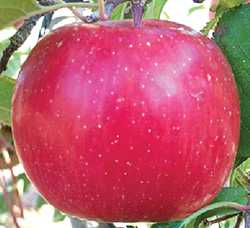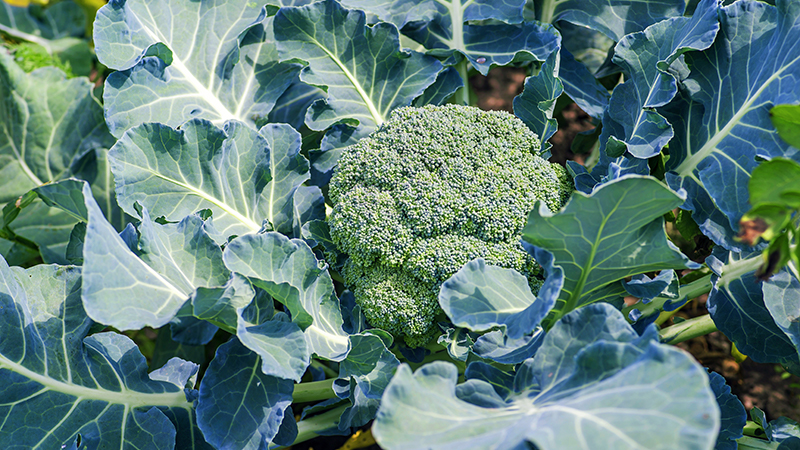2011 Apple Crop Forecast

If history has proved anything, it’s that apple growers make great prognosticators. Last year, attendees at the U.S. Apple Association’s Crop Outlook and Marketing Conference predicted a crop size of 221,546,000 bushels. As it turns out, they were pretty close. The USDA final crop came in at 221,467,000 bushels, which meant last year’s prediction was only .001% off the mark.
This past August, the nation’s leading apple growers, packers, processors, and marketers convened once again in Chicago for the USApple Outlook Conference. Following up on USDA’s estimated crop projection of 226.6 million bushels, attendees of this year’s conference predicted a slightly higher crop size of 227.5 million bushels. This would put the 2011 apple crop at a number up 3% from 2010, and about even with the five-year average.
USDA’s number was first announced on August 11, and in announcing USDA’s projection, USApple Director of Regulatory and Industry Affairs Mark Seetin provided some additional context. For example, while bearing acreage has declined 12% in the last 10 years, yield per acre has increased 23% during that same time frame, reflecting a continued shift to high-density production.
While there seems to have been plenty of moisture this year, there are some factors that could still influence this year’s crop, most notably rain conditions in the Northeast, the threat of brown marmorated stink bug damage in the mid-Atlantic region, and the availability of a labor supply able to harvest the fruit.
Regional Outlook
Here’s a brief look at crop sizes and conditions by region (numbers are based on USApple projections; more detailed crop estimates can be found in the chart).
– East. The total Eastern crop should be down about 3% to 55.1 million bush-els, which would be down 6% from the five-year average. Up and down the East Coast, hail has been an issue this year, with some areas hit harder than others. Bloom periods in the spring were much more spread out than usual.
– Midwest. The Midwest is dominated by Michigan, where the apple crop has fluctuated dramatically in the last five years. This year, the crop is estimated to jump a whopping 86% to 26.1 million bushels. Unlike last year, growers have experienced ideal weather conditions, with adequate moisture and little hail damage. While bins and controlled atmosphere storage availability are not a concern yet, they could be if the crop turns out to be higher than predicted.
– West: The total West crop should be around 140.5 million bushels, with most of that taken up by Washington’s projected 129.6 million bushels. This Washington estimate would be down 3% from 2010. A cool, wet spring delayed bloom, and now harvest looks to be about two weeks late. In announcing the forecast, Dan Kelly of Washington Growers Clearing-house stressed that growers must have an adequate supply of labor to make it possible for them to harvest this year’s crop.
Around The World
In addition to the domestic apple crop forecast, several speakers were on hand to project the apple crop outlook for other major world producers.
– Europe: The 2011 European forecast is for 10.2 million tons, which would be up 5% from 2010. Poland, which was hit by a severe frost last year, projects a crop of 2.3 million tons, followed by Italy’s 2.2 million tons. Goldens remain, by far, the top variety.
– China: China’s forecast comes from both the industry, which is calling for 31.6 million metric tons, and the Ministry of Agriculture, which predicts a crop of 34.3 million metric tons.
– Canada. The Canadian apple crop is projected to reach 21 million bushels this year, which would be up 4.5% from 2010, and 1.6% below the five-year average. Cool weather meant a late start to the season, but the crop looks clean.
– Mexico: Mexico’s forecast of 21.8 million boxes (up 12.5% from 2010) would make it the nation’s largest crop in the last five years. The recent lifting of the apple tariff has helped U.S. exporters, although phytosanitary issues are still causing headaches.










